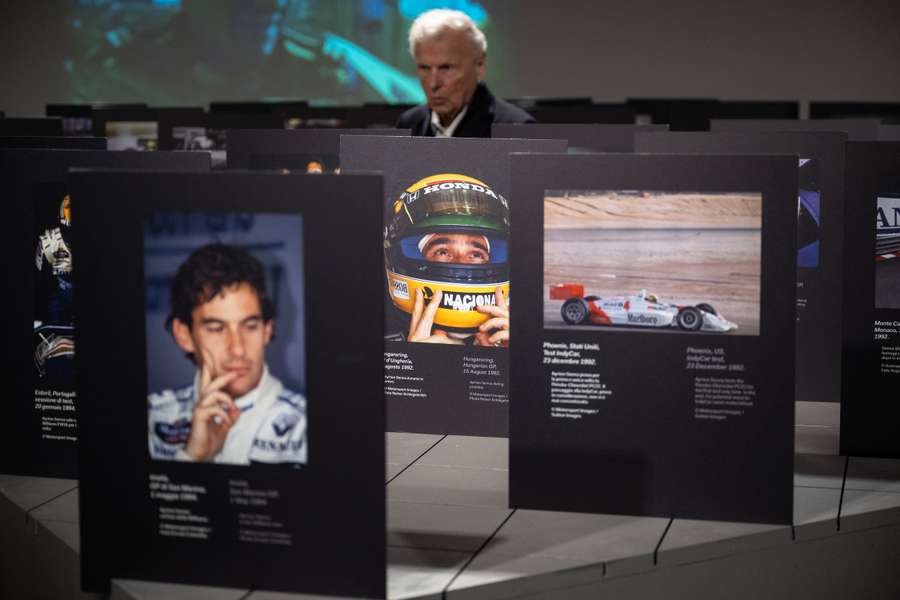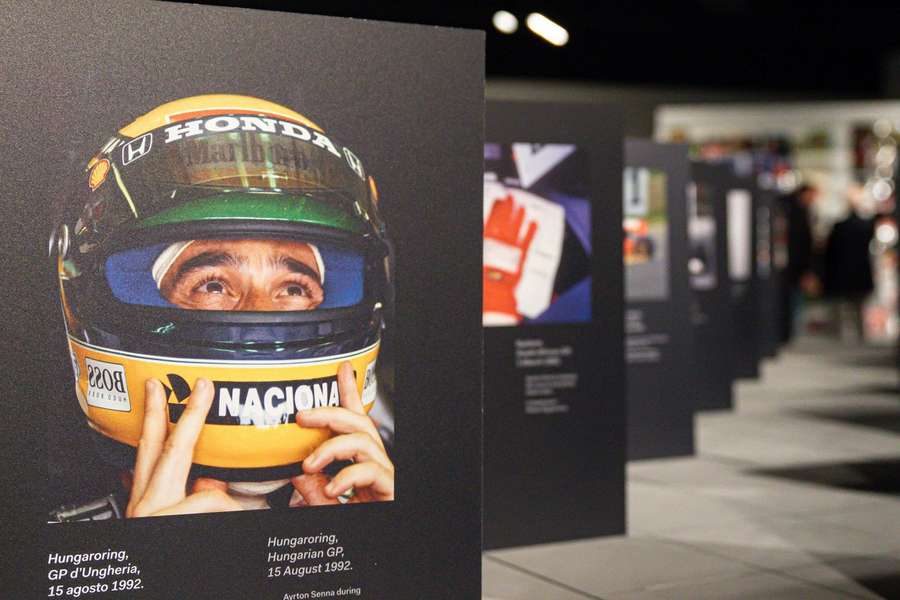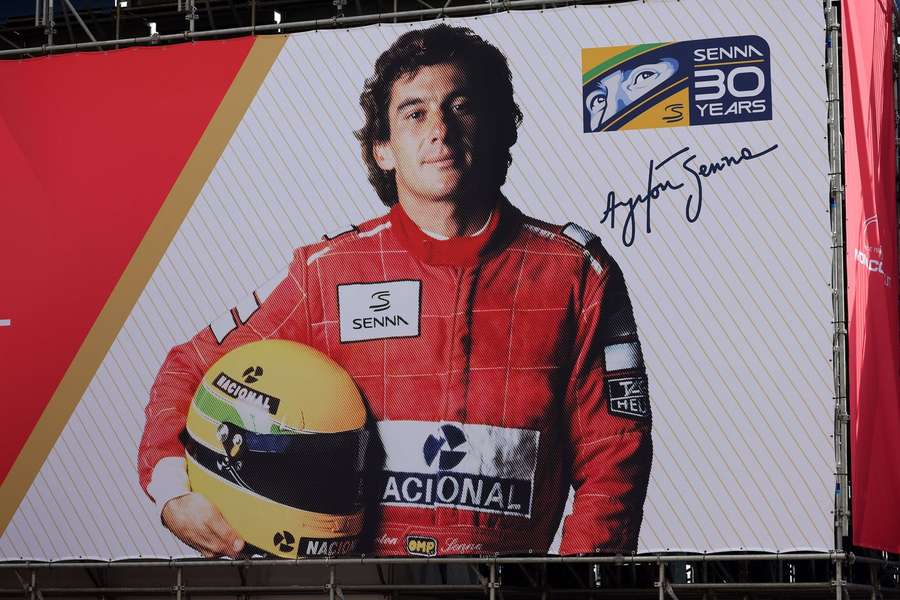F1 recalls Ayrton Senna with awe and gratitude thirty years after death

The 34-year-old Brazilian was leading at Imola on May 1, 1994, when he went off the track at the Tamburello curve and smashed into a concrete wall. It was the second death of the weekend.
Since then, only one driver, Frenchman Jules Bianchi in Japan in 2015, has died in a Formula 1 crash.
In the 2013 film "1: Life on the Limit", British journalist Maurice Hamilton observed that Ayrton Senna's death "was broadcast into the living rooms of millions of people who didn't know much about motorsport but knew who he was and wanted to know who the culprit was".
Investigations into Senna's death laid the blame for the crash on the steering column on his Williams. In the collision, the right front tyre tore off and flew into his head. A suspension arm also pierced his helmet.
The day before, in qualifying, Austrian driver Roland Ratzenberger had died in a crash. Senna commandeered a course car to rush to the scene.
Formula 1's doctor, Sid Watkins, wrote later in his book 'Life at the Limit' that he told the distraught Senna: "Ayrton, why don't you withdraw from racing tomorrow."
"In fact, why don't you give it up altogether? What else do you need to do? You have been world champion three times, you are obviously the quickest driver. Give it up and let's go fishing."

Watkins wrote that Senna replied: "Sid, there are certain things over which we have no control. I cannot quit, I have to go on."
Senna had already hurried to a stricken driver the previous day when his young compatriot Rubens Barrichello crashed. Watkins prevented the driver choking on his own tongue.
"Three big crashes," said Frederic Vasseur, now Ferrari team boss. "I think that shocked F1."
"I don't know if it was a trigger, but I think it's true that it's often when there's an accident that we change. After Jules, we made the halo, for example," he said, alluding to the hoop above the cockpit that now protects drivers' heads.
While Formula 1 had already begun to pay more attention to safety, thanks to the initiative of drivers such as three-time world champion Jackie Stewart, Senna's death prompted renewed efforts to improve cars, equipment and circuits.
'It wasn't easy'
Senna's fierce rival and sometimes team-mate Alain Prost remains inextricably linked with the Brazilian.
The Frenchman had retired as a driver at the end of the previous season with a final world championship title and became a broadcaster.
He said he got to know Senna in that period.
"I keep the last six months in mind," Prost told Motorsport.com in 2018. "That's when I knew Ayrton much more than ever before.
"I understood who he was and why he was acting sometimes."
When Senna crashed, Michael Schumacher, in his third season, was just a few metres behind.
In 2000, when asked about his feelings after equalling Senna's then-record of 41 Grand Prix victories, the German broke down in tears.

Lewis Hamilton also has emotional memories of the fateful day.
He said that, aged nine, he was helping his father Anthony repair his kart at a British junior race meeting.
"Someone told him that Ayrton had died," Hamilton recalled at Imola in 2020.
"And I remember I had to walk away from my dad because he would never let me cry in front of him so I had to go to a different place. It wasn't easy.
"I remember trying to channel that sadness into my driving and I think I won that weekend, but the following weeks were very tough."
